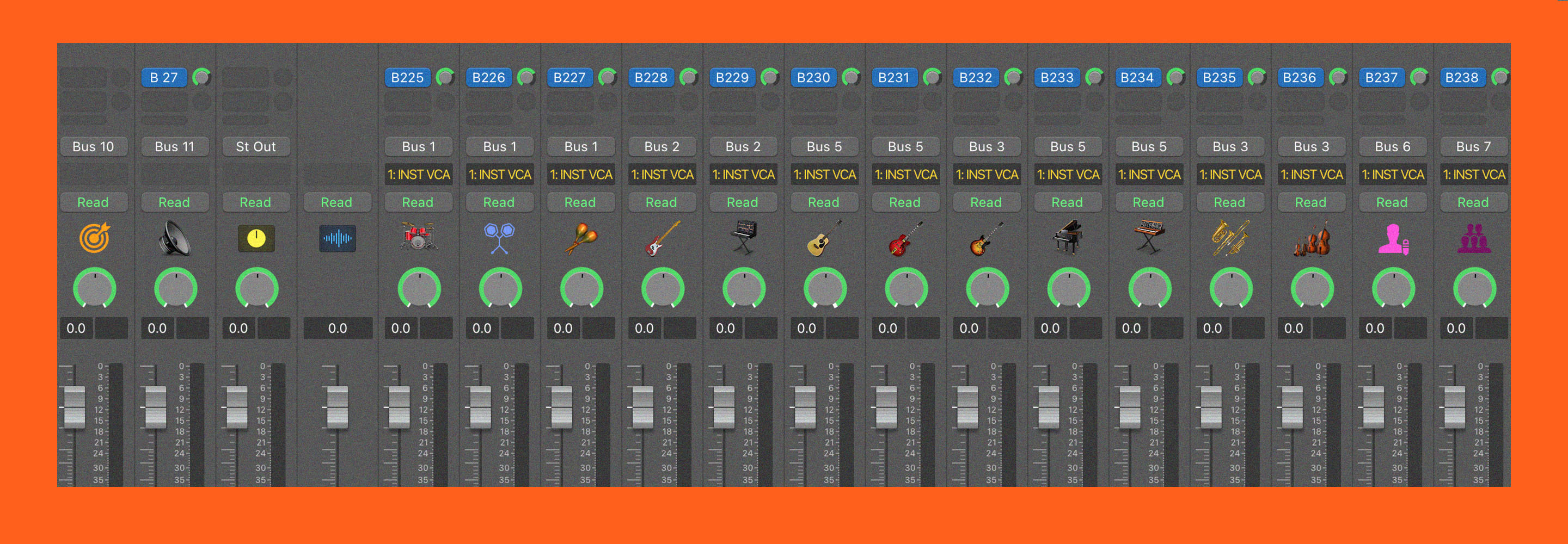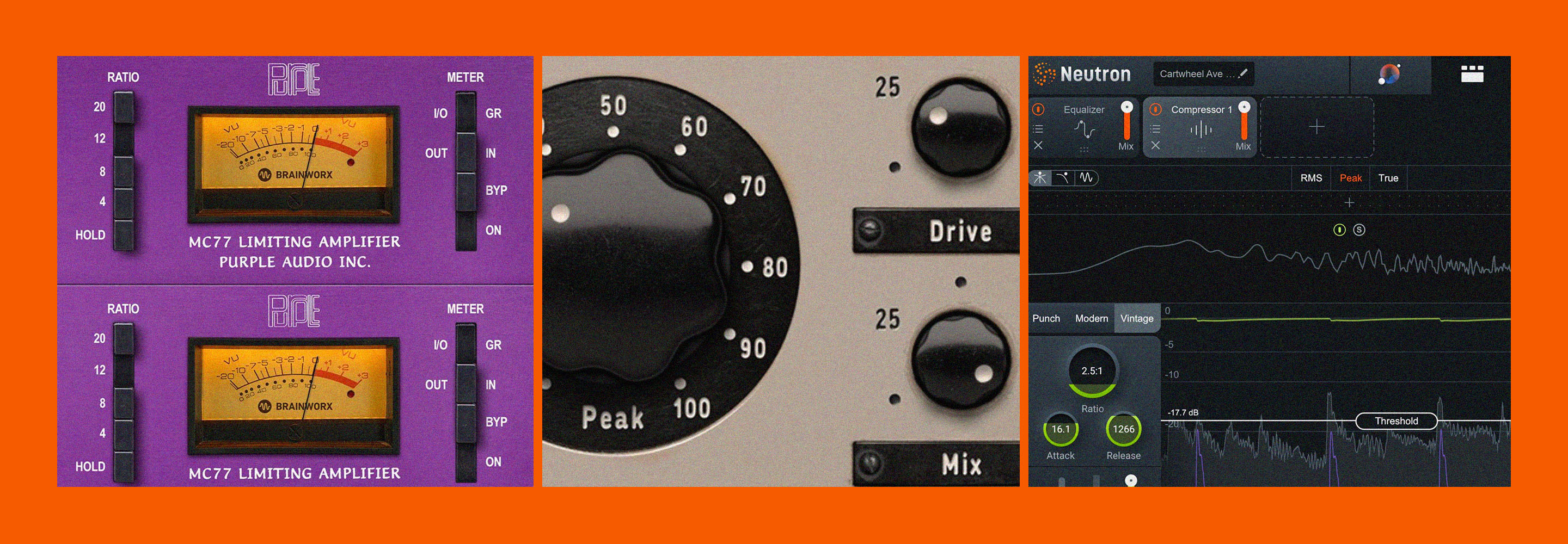
A Glossary of Common and Confusing Mixing Terms
Audio terminology can be confusing. Through this glossary, we hope shed light on commonly used terms by providing easy-to-understand definitions.
Audio terminology can be downright confusing. Even familiar words often take on new meanings when used to describe sound. If you’ve ever been on an audio forum, discussed a mix with a client, or read gear reviews, you’ve likely been pelted by a multitude of technical and descriptive terms. To improve your ability to use your software and hardware and communicate effectively with clients, engineers, and producers, you best learn the language!
What follows is a good start—a digestible glossary—that should clear up some ambiguity.
This list will continue to grow, so check back for more common and confusing mixing terms!
Confusing mixing terms
Boomy: a build-up of low frequencies—often in low-pitched drums—that causes an overpowering emphasis on the sustain of the sound
Boxy: a lack of low and high frequencies; a sound that has too much midrange
Crunchy: slightly distorted as a result of over-compression, over-limiting, clipping, or intentional overdrive
Hiss: high-frequency noise, typically without any recognizable pitch
Muddy: a build-up of low-mid frequencies that reduces the ability to clearly hear individual elements of a mix
Pumping: short-duration volume surges caused by over-compression, over-limiting, or incorrect configuration of a compressor/limiter’s settings
Subbiness/Subby: excessive level in the “subwoofer territory” (sub-low frequencies, typically below 60 Hz)
Common mixing terms
Attenuate: turn down or lower the level
Automation: changes to parameters such as gain and pan that a system can record and play in synchronization with the timeline of a project
Brickwall Limiter: a digital limiter that prevents its output from exceeding a defined level regardless of input level (as opposed to a ‘soft’ limiter)
Collisions: (Also referred to as Masking) minimized audibility of a signal caused by the presence of similar frequencies in another simultaneously-occurring sound (e.g. a bass guitar with an abundance of 50 to 70 Hz may mask a kick with a fundamental of 60 Hz)
Comb Filtering: frequency cancellations occurring in intervals (e.g. 500 Hz, 1.5 kHz, 2.5 kHz, etc), typically due a delay between multiple identical signals that are being mixed together
Depth: differentiation between close and distant sounds
Flip the Phase (a.k.a Reverse Polarity): to invert the positive and negative excursions of a signal 180 degrees. Positive excursions become negative and negative excursions become positive
Harmonics: multiples of a fundamental frequency (e.g. 2 kHz is the 2nd harmonic of 1 kHz)
Harmonic Distortion: coloration or modification of a signal caused by the introduction of a series of harmonics
Harshness: an excessive amount of high frequencies
High Pass: a filter that reduces low frequencies but allows high frequencies to pass through unaffected
Imaging: the ability to accurately position or distinguish signals in the left-to-right stereo field
Low Pass: a filter that reduces high frequencies at a set decibel per octave value, but allows low frequencies to pass through unaffected
Metering: a tool used to help measure and evaluate the level of a signal in a variety of different ways
Null Test: the process of combining two presumably identical signals at identical volume and pan positions, with the polarity of one signal flipped. They will null (completely cancel out) and yield no output signal if they are identical
Parallel Processing: applying processing to a copy of an original signal and mixing the copy and the original together
Phasing: timing differences when combining identical (or nearly identical) signals. This can be a result of static delay between the signals, and can also come from extreme boosts when using non-linear phase EQs.
Resonant Peaks: occasional volume boosts at specific frequencies, resulting from the sum of multiple signals creating an increase in energy that is most noticeable in a limited frequency range. Among other things, resonant peaks can be caused by filter ring, mic placement, room modes, and instruments that have uneven character.
Shelf: an EQ that applies a consistent boost or cut to all frequencies above or below a defined frequency
Sibilance: spikes in loudness at high-frequencies in vocal tracks, often caused by sharp consonant sounds such S’s and T’s
Sidechaining: using one signal to trigger a processor on a different signal (typically feeding the sidechain of a compressor with an altered or secondary signal). Keying is a loose synonym
Smash: aggressively compress/limit a signal
Smearing:
- decreased ability to distinguish the positioning of signals in the left-to-right stereo field
- phasing issues brought on by non-linear EQs (analog style) during extreme boosts
Tonal balance: the distribution of energy across the audio spectrum
Warmth: a tonal quality characterized by mild levels of even harmonic distortion
Width: the perceived difference in left-to-right spacing between signals (how “far apart” signals sound)
Hopefully, these definitions and examples bring some clarity to the muddy waters of audio-mixing terminology. Incorporate the terms into your vocabulary and enjoy the improved communication with other professionals!


